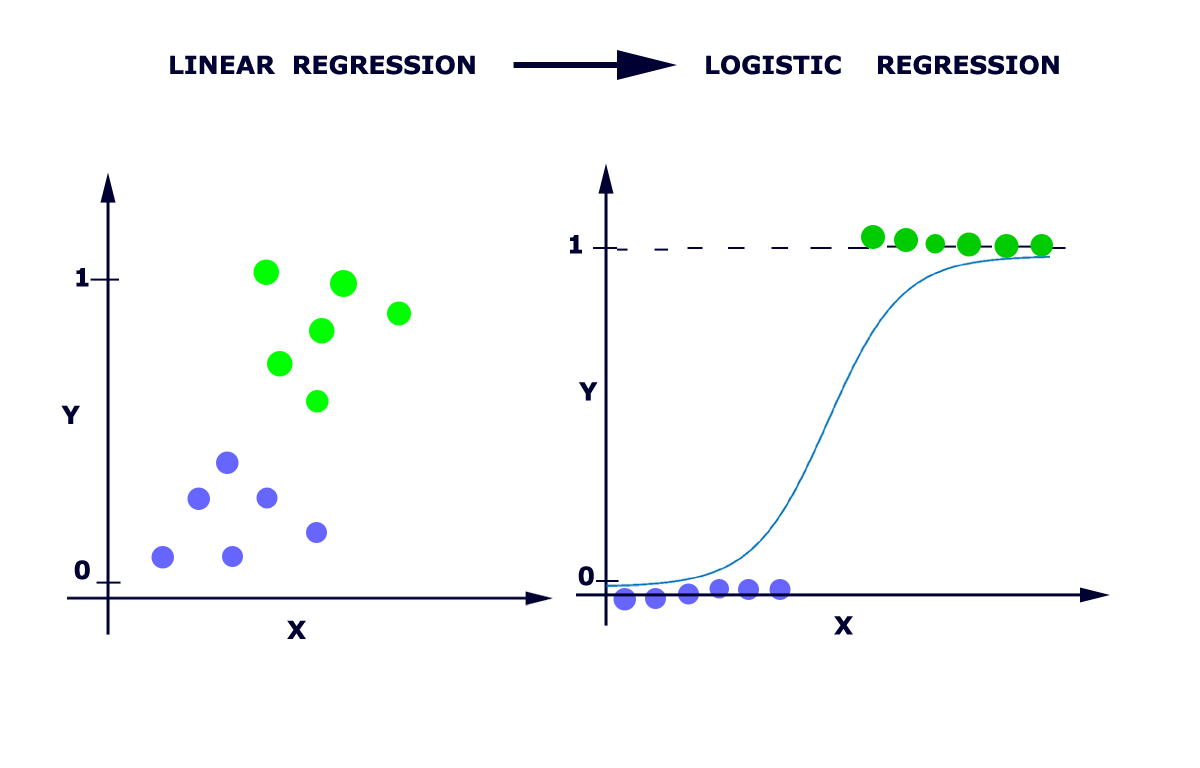In Data Science the Logistic regression model is an extension of the Linear regression model for classification.
Of course, the upcoming poll in the US will take place with a specific result. Of course, it will happen with the unavoidable utterance called definite. From the statistical measurement of the pre-poll election, can assume that there is a good chance(Probability in other words), to win by the Democratic party. In statistics it’s one kind of issue, like this, millions of issues are there where the linear regression model fails to explain properly instead there is the Best Fit Line. The line in linear regression always may not be used where the story behind the data demands a boolean answer (Yes-1, Or No-0). Hence the logistic regression model takes place. The logistic regression model uses the logistic function to squeeze the output of the straight line of the linear equation between 0 and 1 in the form of the S(igmoid). The logistic regression model evaluates the relationship between the predictor variable, which is categorical or may be continuous and with a binary(True=1, False=0) outcome.
The data has been collected for a number of months from several people and sources in the US with a golden question, “The Democratic party will win or not? So, now, we shall focus on logistic regression under Classification which is a technique of Supervised Learning algorithm of Machine Learning.
#logistic-regression #odds-ratio #statistics #data-science
